29 May 2020

Winter may seem a quiet season when it comes to bird sounds, but when we listen carefully we may hear the starling, one of the most cheerful whistlers in the world. Mozart had a starling for some time and enjoyed the delightful singing of his bird friend, who was able...
0 Comment(s)Join our Conversation
25 May 2020

Before / Winter We are celebrating our 3-year friendship. Artist-climate activist and ecologist-designer. We met in Portland (a tip of two floral hats, and a gracious thank you to David and The Nature of Cities), a long way from Toronto and longer still from Cape Town. Our conversations have become...
0 Comment(s)Join our Conversation
22 May 2020
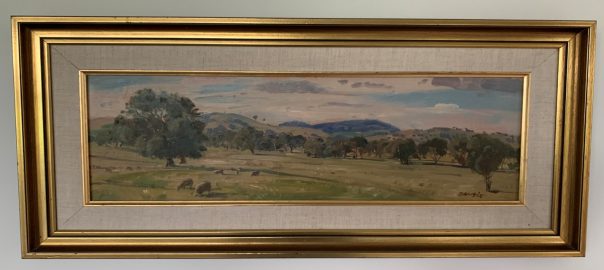
More than half the world’s population now lives in cities, where nature, at the best of times, can seem hard to find and enjoy. The restorative value of nature has long been acknowledged but how can we access it in these strange times of social distancing and isolation as COVID-19...
1 Comment(s)Join our Conversation
18 May 2020
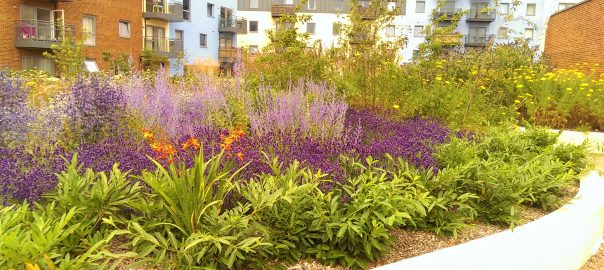
When evaluating or seeking to enhance the biodiversity interest of an urban greenspace, a key attribute to consider is its floral composition. Floral composition can be native, non-native or a variable mix of the two. A species is defined as native to a given region or ecosystem if its presence...
4 Comment(s)Join our Conversation
11 May 2020
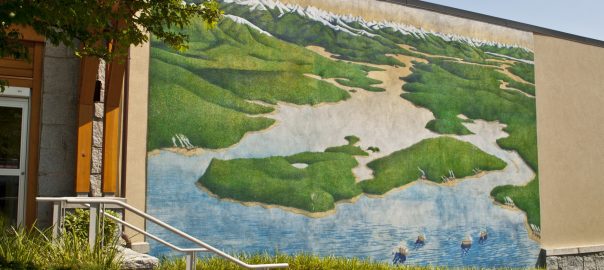
Behind the scenes of pandemic, and long before, we have been quietly witnessing the planetary-scale annihilation of life-supporting systems, the Earth’s “6th mass extinction”. Unlike the previous five, this is the first time a mass extinction is caused by a single species, in this case Homo sapiens. Along with the...
1 Comment(s)Join our Conversation
4 May 2020
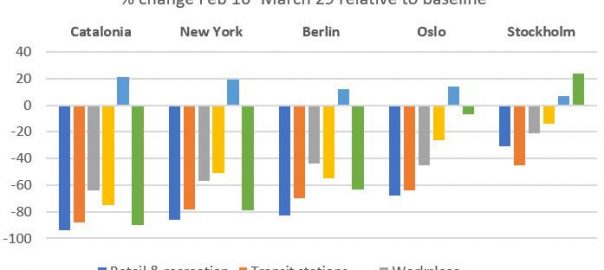
There is now plenty of evidence on the benefits of local access to greenspace and greenviews on physical health and mental well-being. Lockdowns and social distancing advisories have placed restrictions on citizen normal access to public spaces. Google community mobility statistics from February-March revealed varied patterns of reaction to Covid-19 in...
1 Comment(s)Join our Conversation
3 May 2020

4 Comment(s)
Join our Conversation
26 April 2020
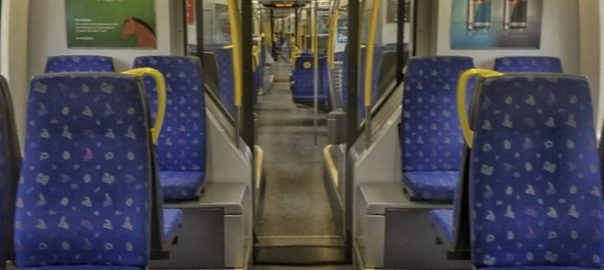
The lessons learnt by teenagers today will assist us as global leaders of tomorrow, to make better and more informed decisions to prevent any such future epidemics. The Covid-19 crisis and widespread epidemic has infected more than a million people and is increasingly causing agony to billions. While the severity...
0 Comment(s)Join our Conversation
22 April 2020
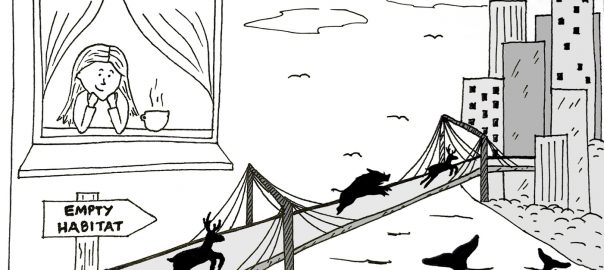
With the massive migration of people from agricultural lands to cities over the last few centuries, an important change came to Earth: our total human population went from being mainly non-urban to being mostly urban at the beginning of the 21st Century1. While the concentration of people in the urban...
0 Comment(s)Join our Conversation
17 April 2020
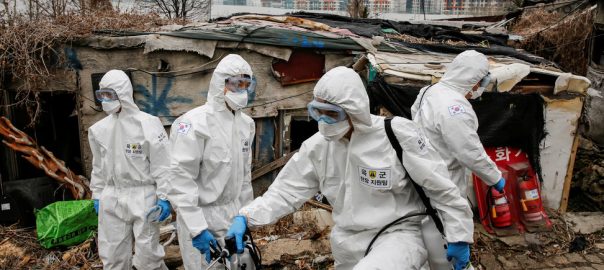
We live in, to say the least, a risky urban world. It is a historical fact that pandemics always impact cities differently. From the Athens plague in 430BC, which led to fundamental changes in city regulations and identities, to the Black Death in the Middle Ages, which disrupted class power...
0 Comment(s)Join our Conversation
14 April 2020
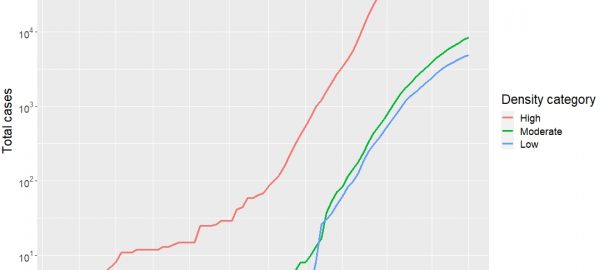
We are all living a slowly unfolding tragedy, as Covid-19 (coronavirus) spreads in communities around the world, with (as of 26 April 2020) over 3 million confirmed cases and more than 210,000 deaths. This pandemic has led some to question the wisdom of living in cities. Dense urban settlement is...
1 Comment(s)Join our Conversation
10 April 2020
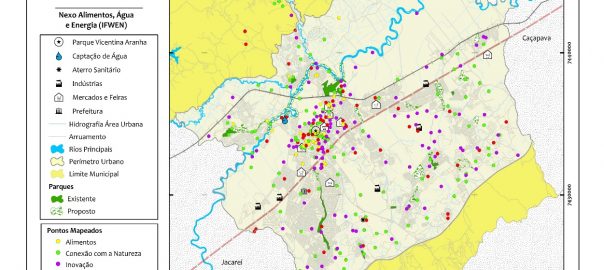
When many voices come together, they create a sound so loud it moves you. What you hear when you experience this is the very same thing that gives a good choir the power to deliver you from your sins—a powerful element called resonance. When two frequencies stream in harmonic proportion...
1 Comment(s)Join our Conversation
6 April 2020
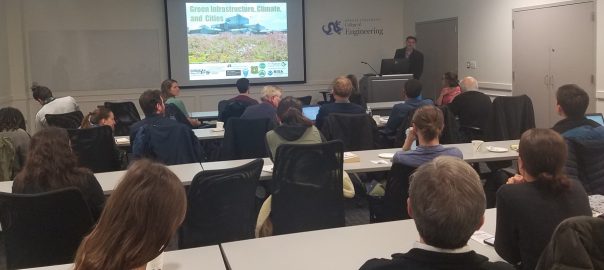
At a time when many national governments fail to recognize the urgency of climate action, universities have emerged as key subnational actors, well positioned to bring knowledge to action around this issue. While governments debate whether and how to act, universities can educate, empower, and inspire a new generation of...
0 Comment(s)Join our Conversation
1 April 2020

0 Comment(s)
Join our Conversation
31 March 2020
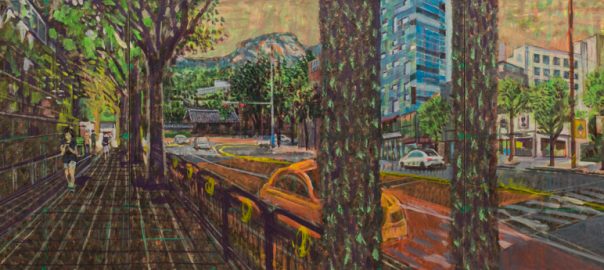
A review of Min Joung-Ki, an exhibition of large-scale urban nature paintings at Kukje Gallery in Seoul, South Korea. Founded in 1982, Kukje Gallery is one of Korea’s most prolific exhibitors of international contemporary artists. Indeed, the institution is more of a small arts complex than a gallery, consisting of...
0 Comment(s)Join our Conversation
22 March 2020

用中文阅读 Shenzhen, a coastal city located in Southern China, exemplifies the idea of rapid urbanization. In just 40 years, Shenzhen has transformed from a fishing village to a bustling megalopolis. Today, about 50% of Shenzhen’s 13 million residents live in its urban villages. These urban villages are some of the few...
0 Comment(s)Join our Conversation
18 March 2020
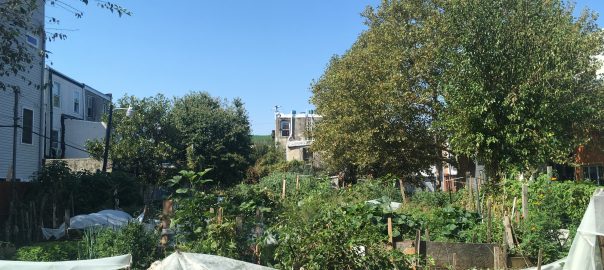
On Emily Street between 7th and 8th in Philadelphia lies the Growing Home community gardens—two discrete plots of land separated by an assortment of old and new construction rowhomes that are the architectural hallmark of the neighborhood. Chainlink fences separate the gardens from the street. Through them one can see...
0 Comment(s)Join our Conversation
16 March 2020
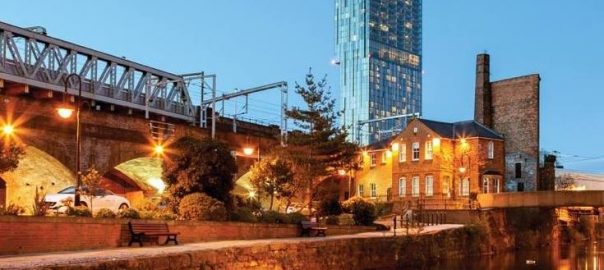
There is no doubt that cities, especially since the industrial revolution, have by and large been built overriding local ecologies, obliterating topography, soils, streams, altering soils, ignoring seasons, breezes, sunlight. Nature based solutions, urban ecosystem services, however they are called, have emerged to try to remediate this historical modernist hubris...
0 Comment(s)Join our Conversation
12 March 2020
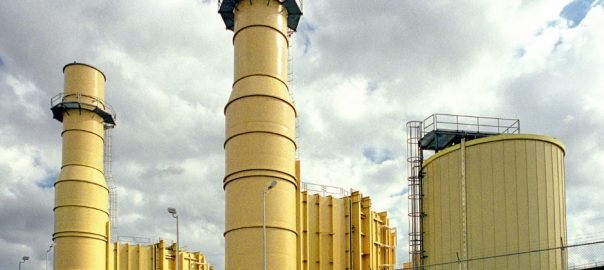
On 29 January 2019, New York City Council held a hearing on a trio of bills collectively known as “Renewable Rikers”. Rikers is currently home to the most infamous prison in New York City—the Rikers Island correctional facility an island penal colony with one lone bridge connecting it to the...
0 Comment(s)Join our Conversation
9 March 2020
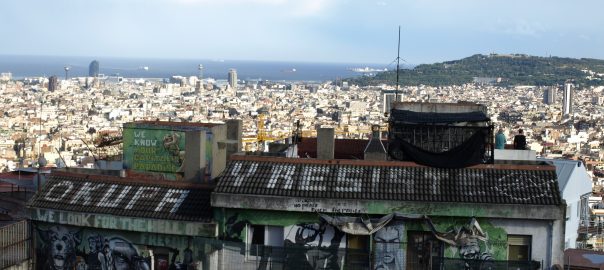
Traditional chinampa cultivation as a way to restore water-stressed ecosystem services in Mexico City’s artificial wetland areas conquered from the sea in Tianjin Harbour … a network of bug-friendly bushes and patches of green along cycling routes in Scotland … an urban forest strategy in Melbourne promoting the plantating of...
0 Comment(s)Join our Conversation


